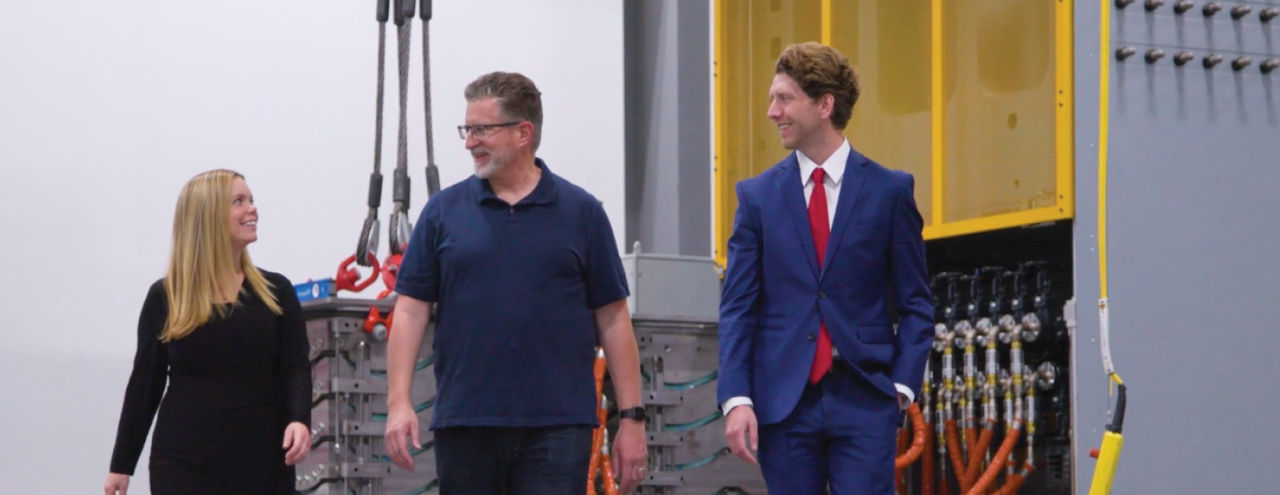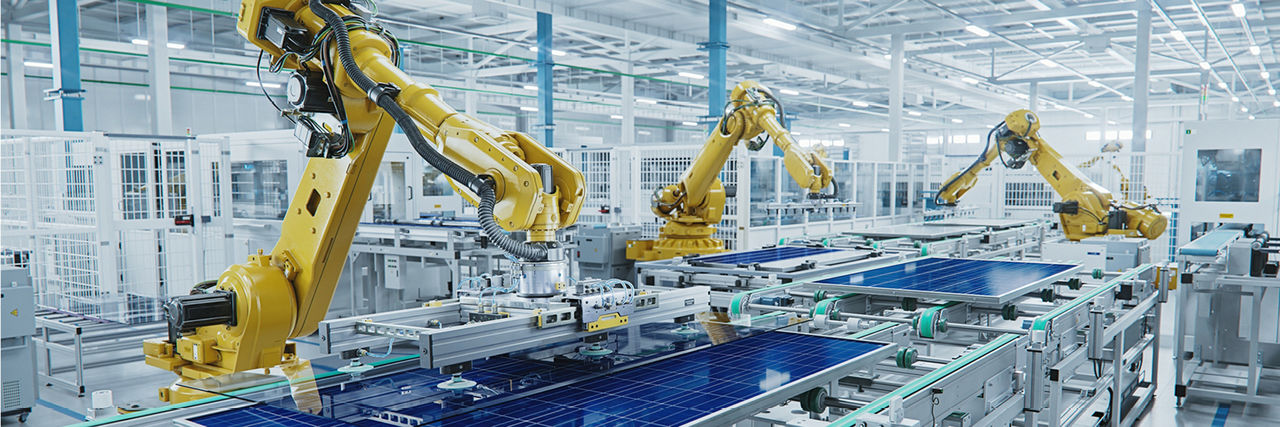Technology is a driving force behind capital investment, as organizations embrace automation, artificial intelligence (AI), and predictive analytics to improve efficiency and decision-making. Global IT spending is projected to reach $5.61 trillion in 2025, a 9.8% increase from 2024.2 Companies that delay investment in these areas risk inefficiencies, while competitors leverage these tools to optimize operations and enhance customer experiences.
What’s Driving CapEx in 2025?
Organizations continue investing in equipment and technology to improve efficiency and stay competitive, even amidst economic uncertainty. U.S. capital expenditures are projected to rise by 4.7% in 2025, signaling a continued focus on strategic investment.1
To position their companies for long-term growth, decision-makers are prioritizing initiatives that drive innovation, strengthen operations, and enhance financial flexibility. Here are five key trends shaping capital expenditures in the year ahead.
1. Digital Transformation and AI Impact Operations
2. Sustainability Becomes a Strategic Advantage
In 2025, global clean energy technology supply spending is expected to surpass investments in upstream oil and gas for the first time, reflecting how sustainability has evolved from a compliance requirement into a key business strategy.3 Organizations investing in energy-efficient infrastructure are not only reducing costs but also positioning themselves for long-term operational resilience. A recent PwC report revealed one in three CEOs report that climate-friendly investments made over the last five years have resulted in increased revenue. Additionally, two-thirds say these investments have either lowered costs or had no significant financial impact.4
3. Reshoring and Smart Manufacturing Strengthen Supply Chains
A recent survey from the National Association of Manufacturers revealed trade uncertainties, including tariffs and trade negotiations, as the top business challenge for 73% of respondents, up from 56% and 37% the prior two quarters.5 Beyond navigating the unknown, supply chain disruptions are an ongoing concern, accelerating the shift toward domestic production. An estimated 81% of companies are planning to move supply chains and operations closer to home, a significant increase from 2022.6 In light of these challenges, organizations are investing heavily in automation and smart manufacturing to mitigate labor shortages and boost productivity. These investments strengthen supply chain resilience while reducing reliance on foreign suppliers.
4. Cybersecurity Spending Grows as Threats Evolve
Heightened cyberthreats, rapid cloud adoption, and an ongoing talent crunch are driving a renewed focus on cybersecurity. In response, global information security spending is forecast to reach $212 billion in 2025, reflecting a 15% increase from the previous year.7 As cyberthreats become more sophisticated, organizations are strengthening security frameworks and critical infrastructure while also addressing workforce shortages with cybersecurity consulting and services. Meanwhile, AI and generative AI are playing a growing role in both cyberthreats and protection, making AI-driven security solutions a top priority.
5. Equipment Financing Plays a Key Role in CapEx
With capital preservation top of mind, organizations are increasingly using financing to fund essential investments while protecting liquidity. More than 75% of equipment and software purchases are expected to be financed in 2025, making leasing and other financing solutions a core component of long-term capital strategy.8 Financing helps companies optimize cash flow, preserve working capital, and expand operations without large upfront costs.
Despite economic and political uncertainty, organizations are expected to sustain steady equipment investment levels, recognizing their role in driving innovation and resilience. By aligning capital expenditures with key priorities, industry leaders can position themselves for long-term success and remain competitive in an evolving market.
Sources:
- Equipment Leasing & Finance Foundation, 2025 Economic Outlook Industry Snapshot
- Gartner, “Gartner Forecasts Worldwide IT Spending to Grow 9.8% in 2025”
- S&P Global, Top Cleantech Trends for 2025
- PwC, 28th Annual Global CEO Survey, January 2025
- Deloitte, Enhancing Supply Chain Resilience in a New Era of Policy, April 2025
- Bain & Company, “Not-So-Distant Shores" Snap Chart, November 2024
- Gartner, “Gartner Forecasts Global Information Security Spending to Grow 15% in 2025"
- Equipment Leasing & Finance Foundation, Equipment Leasing & Finance Industry Horizon Report 2024






